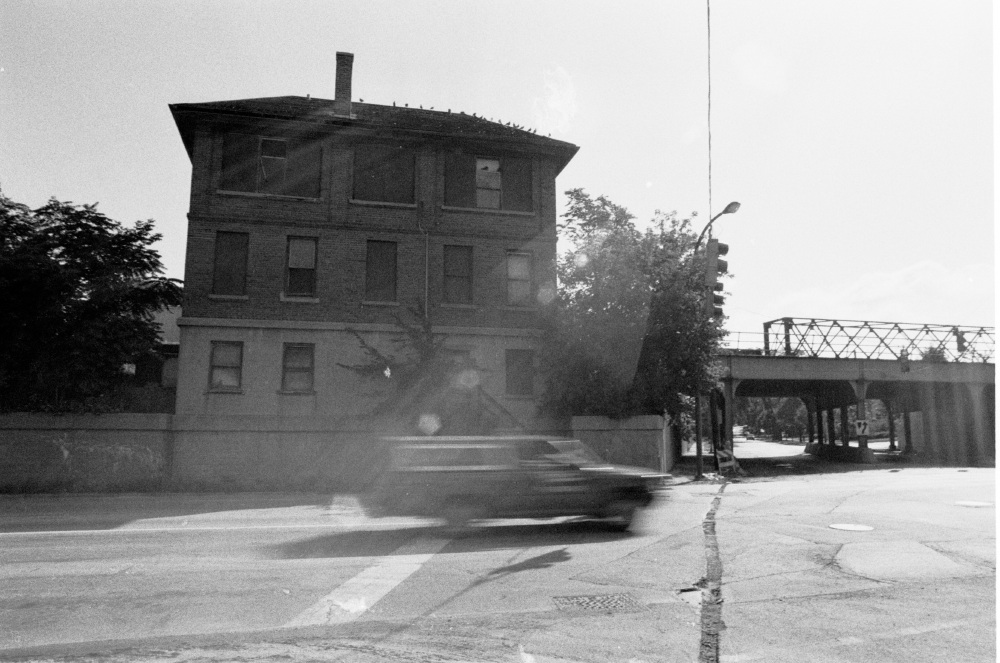|
The
Junction Railroad Company |
Things went so well for the Chicago & North Western that the main line through Evanston grew congested, with fast passenger trains intermixing with slower freight trains. In 1889, the Junction Railroad Company, a C&NW subsidiary established for construction purposes, built a bypass from a point on the C&NW main line near Simpson Street and Green Bay Road that ran southwest along the western bank of "The Big Ditch" (a predecessor to today's North Shore Channel) through wide open, unsettled land to the Mayfair Junction in Chicago; this line was known as the Mayfair Cut-Off. [Stenett, p. 104] The Mayfair Cut-Off allowed the freight traffic to be routed around populated areas and freed up the main line for passenger trains, allowing them to make better time. The line also served several industrial customers in the area. Within a couple of years, a second leg of the cutoff was constructed just south of the first, forming a "wye" at the junction with the main line (known as Canal Junction).
 |
| The
wye at Canal Junction. The Mayfair Cut-Off runs down to the left; the
C&NW main line runs from the lower right to the upper left.
Photo courtesy Illinois State Geological Survey, |
 |
| The
Weber Yard as it appeared in 1938. Main Street is at the top, Oakton is
at the bottom. The circular feature on the right side of the
picture is the Evanston water tower; to the left is the North Shore
Channel. Photo courtesy Illinois State Geological Survey. |
 |
| Canal
Tower, located at Green Bay Road and Simpson Street in the center of
the Canal Wye, controlled traffic entering and leaving the Mayfair
Cut-Off as well as traffic on the main line. It was razed in the early
1990s. Photo by Eric Basir. |